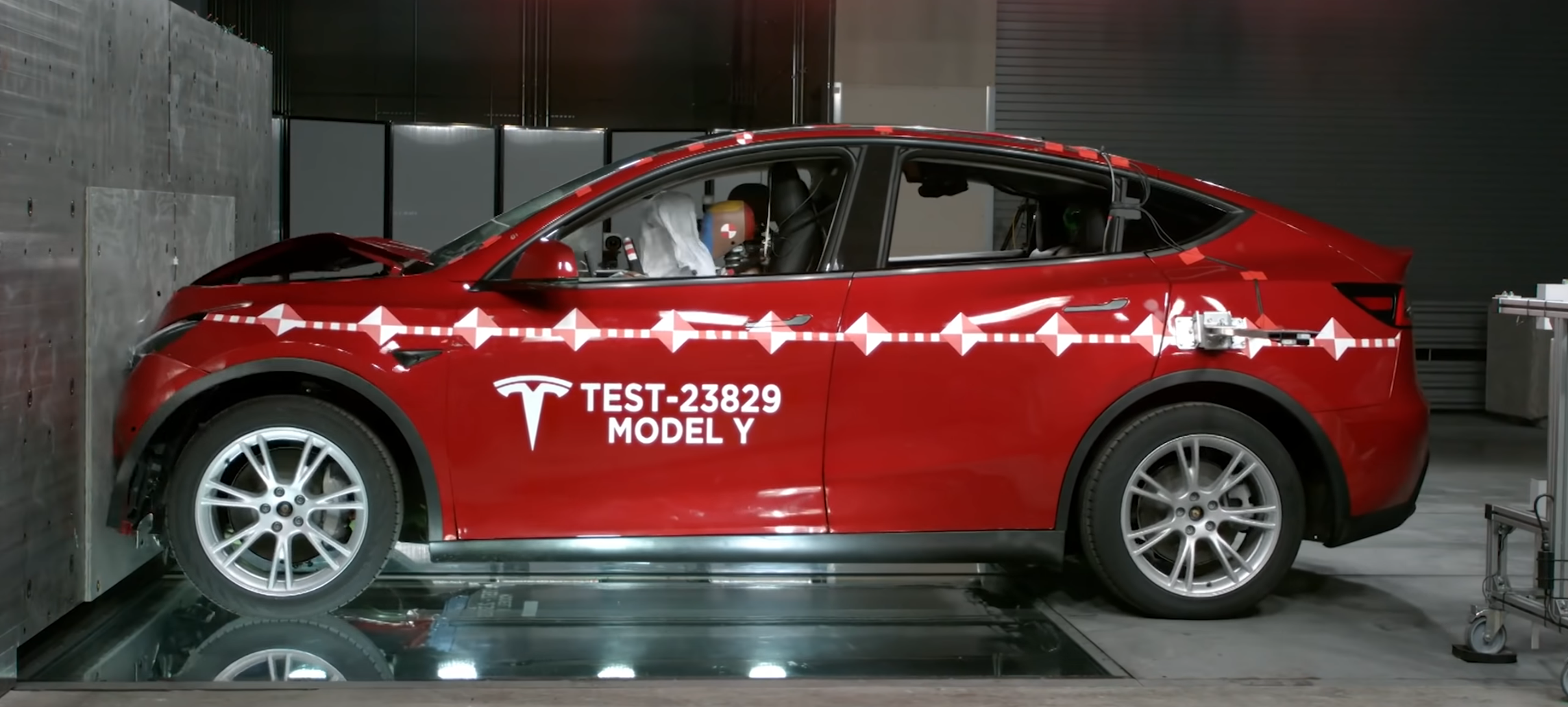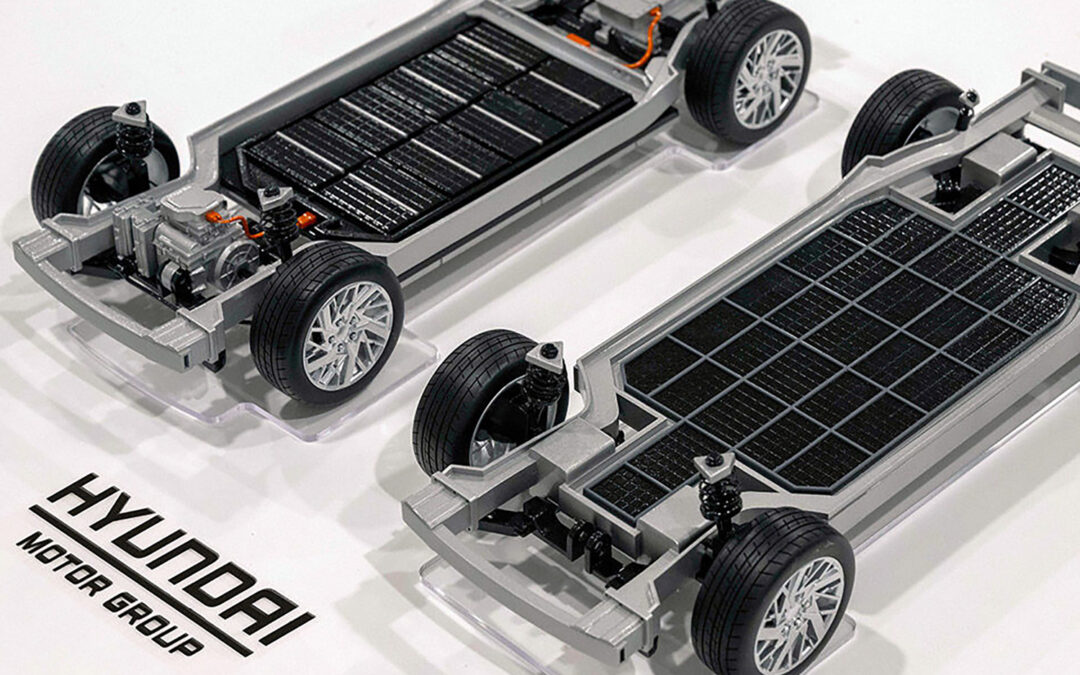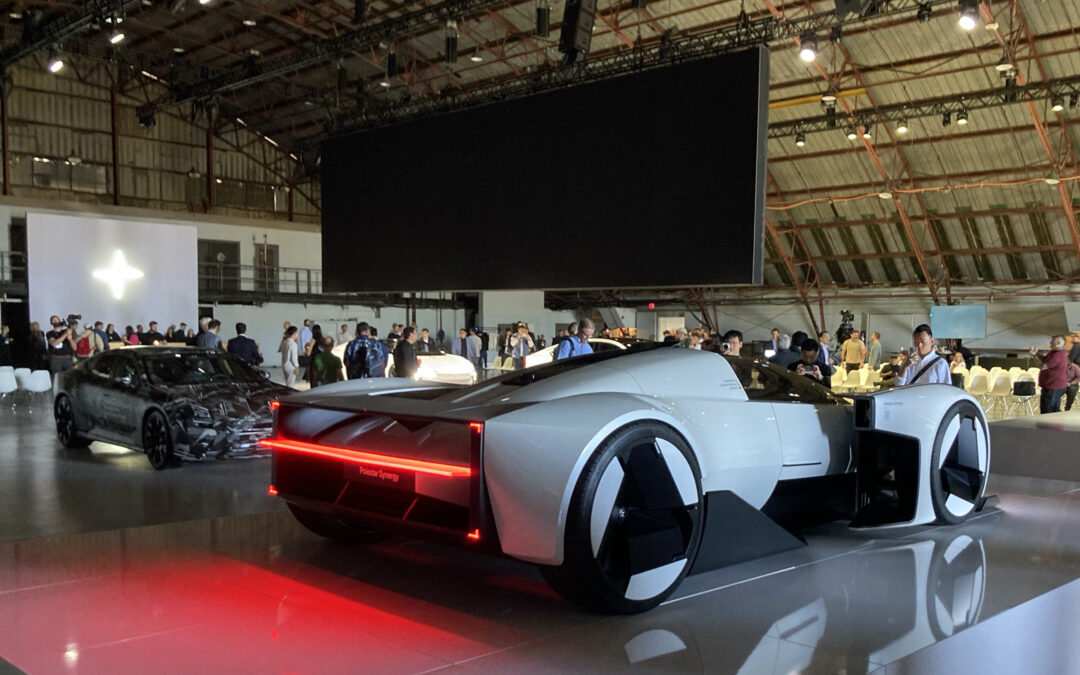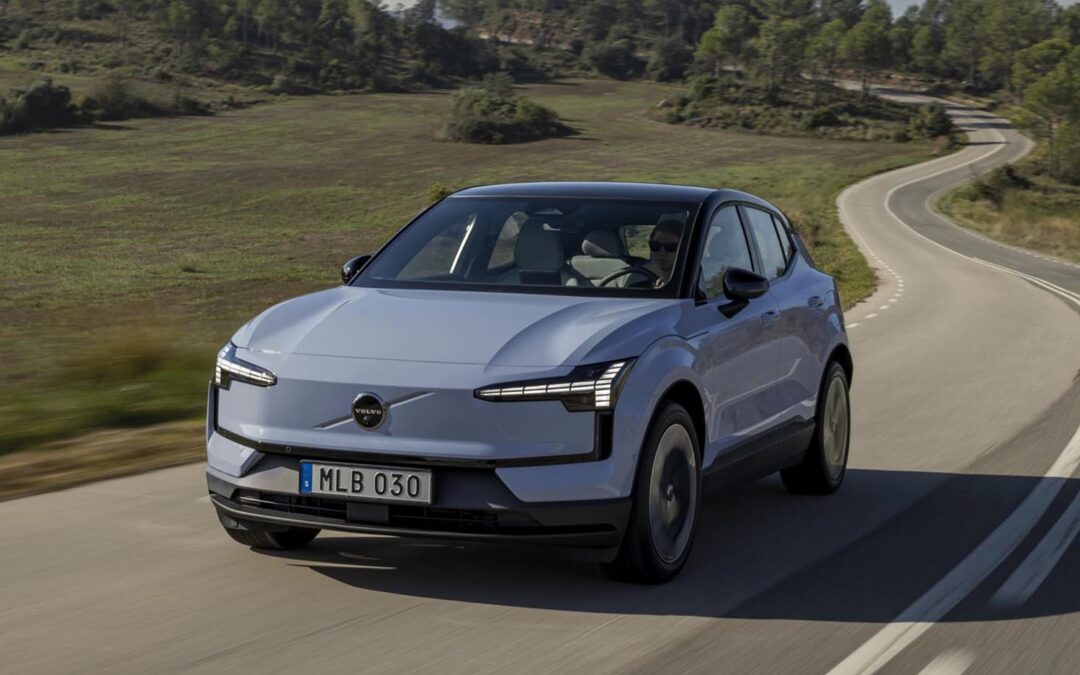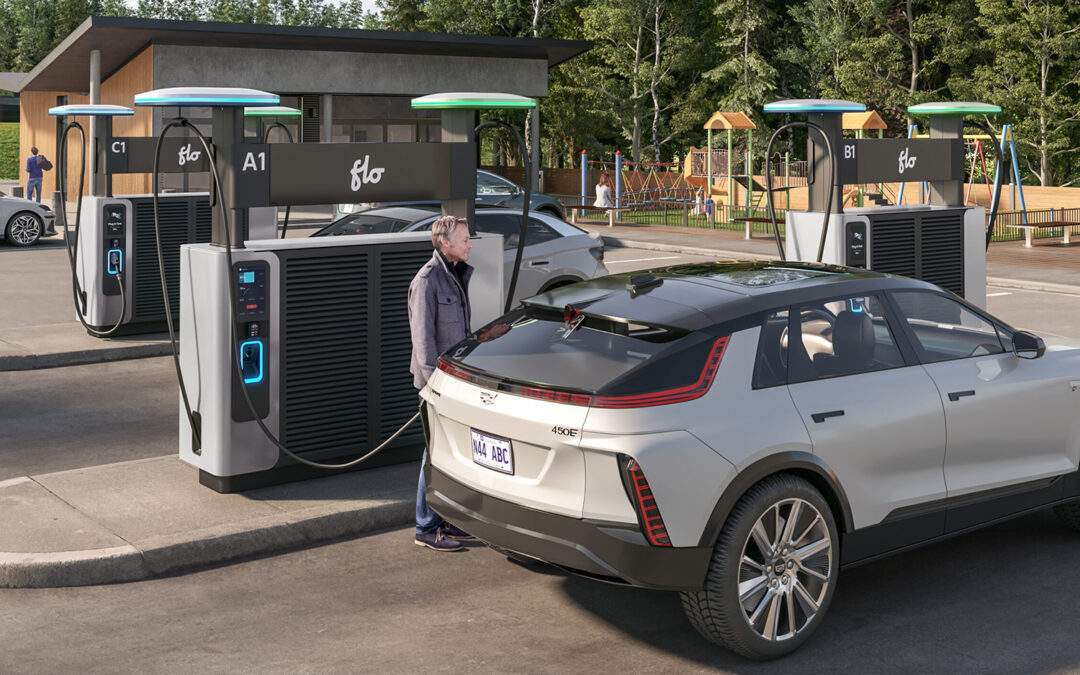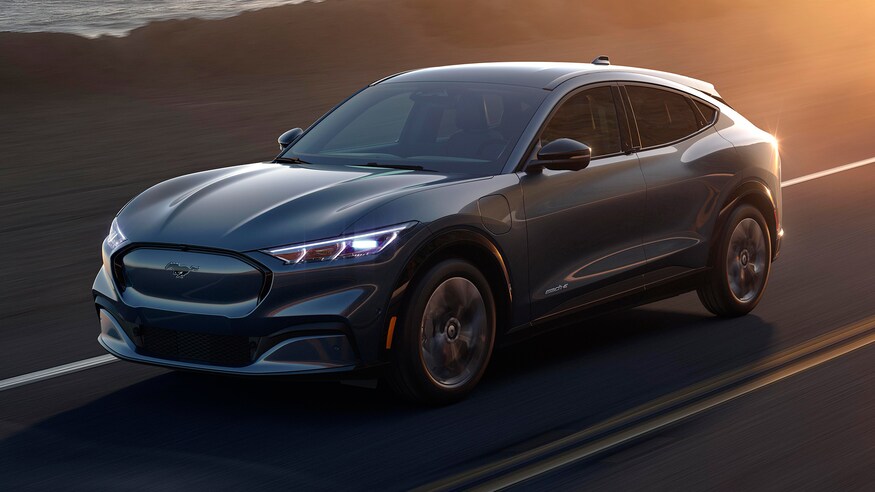On Tuesday, Tesla released a video showcasing the automaker’s latest crash safety technology, which leverages real-world data collection – marking an exciting evolution from existing, industry standard safety testing methods.
The recent video invites viewers into the Tesla Crash Lab, where engineers can be seen testing a new crash safety technology that collects data from Tesla’s ever-growing fleet of vehicles that are equipped with sensors that enable self-driving features. Using this data, Tesla engineers can replicate real-world crash scenarios, and use that information to engineer some of the “safest vehicles on the road”.
As Tesla has over 1 million vehicles currently on the road, the automaker has access to a wealth of valuable data. According to the video, Tesla is able to “detect within 10 milliseconds what type of crash it is and have the airbag react accordingly.” The Crash Lab demonstration features a pick-up truck hitting a Model Y, and achieves what the Tesla engineering team considers to be a “world first”.
Dan, a Tesla safety engineer featured in the video explains, “Previously, the best way to design a car was through industry standard crash testing. And those crash tests are like a few grains of sand. Those grains of sand are meant to represent the beach, but in reality, the beach is infinitely complex. Every crash is different.
Specifically, upon impact, Tesla vehicles can automatically detect the seat and steering wheel position within the vehicle, to deploy airbags accordingly. This ability to “design for real-life” feature ensures optimal safety, and will help Tesla vehicles to maintain – and further enhance – their top safety scores worldwide.
